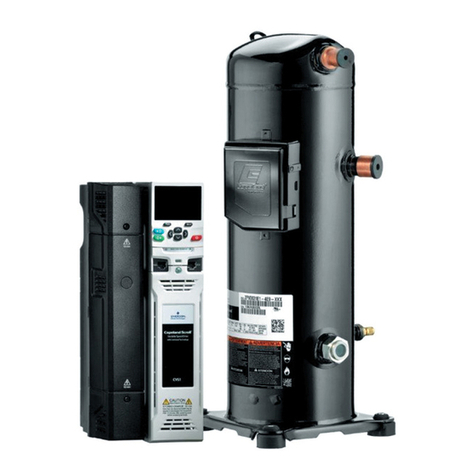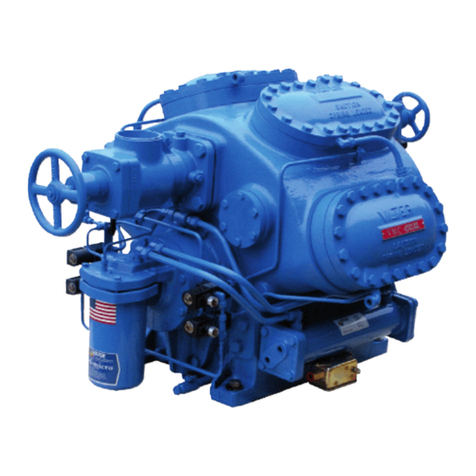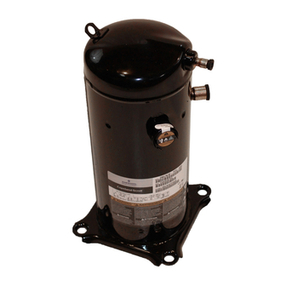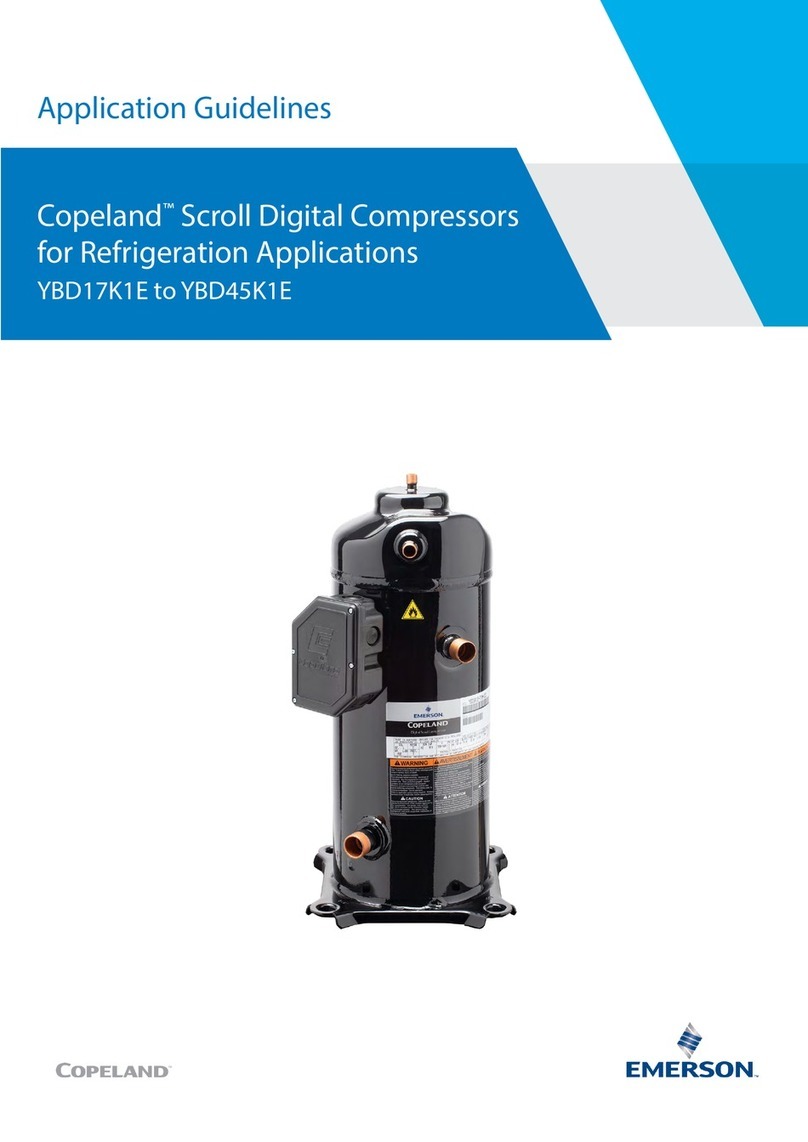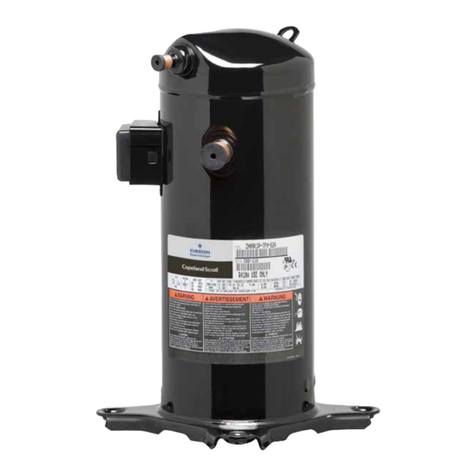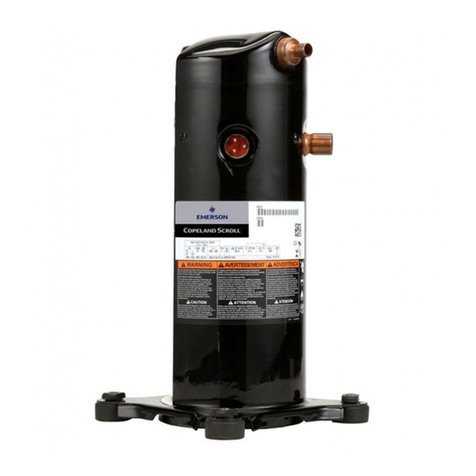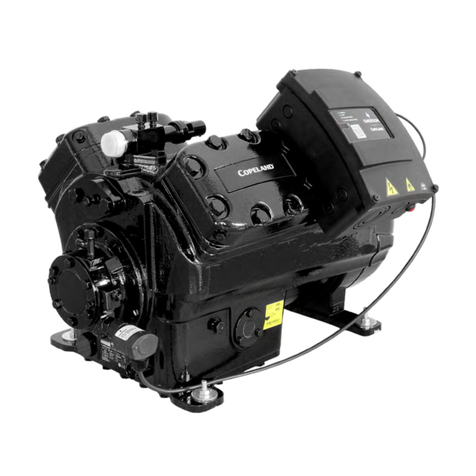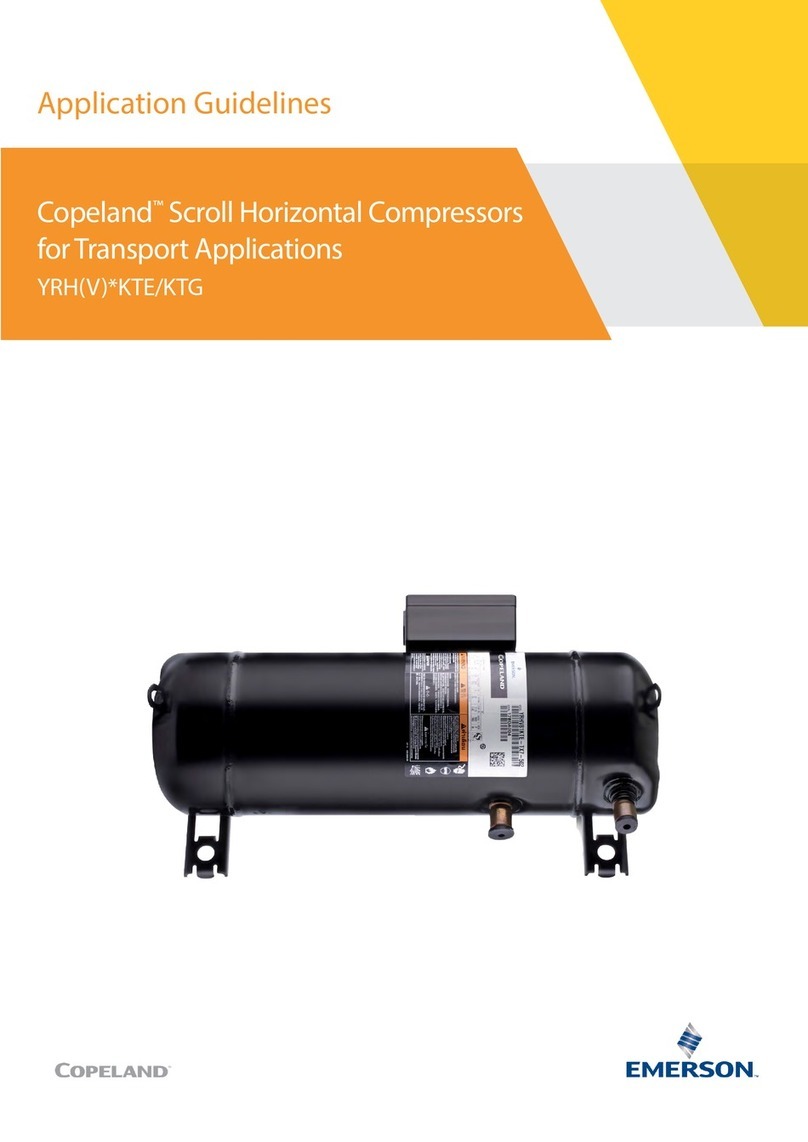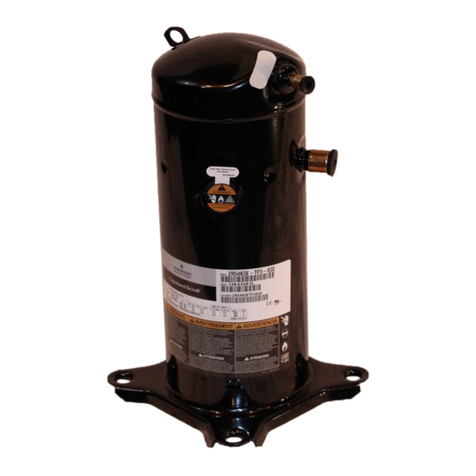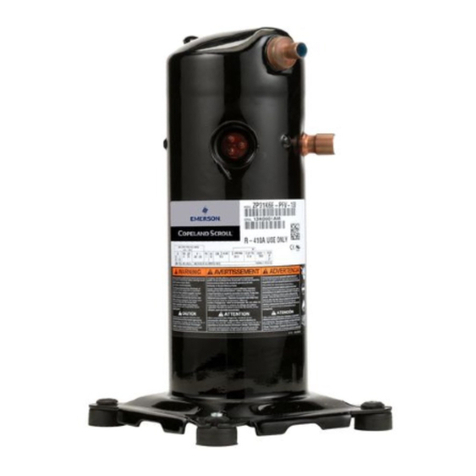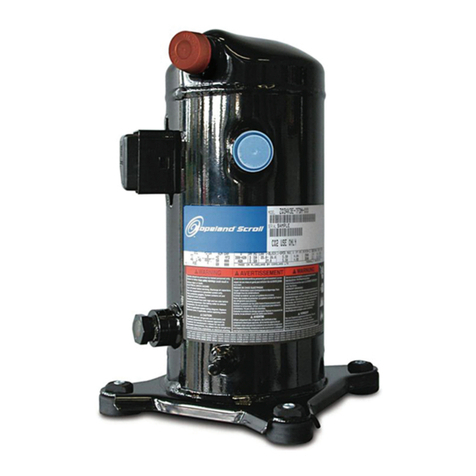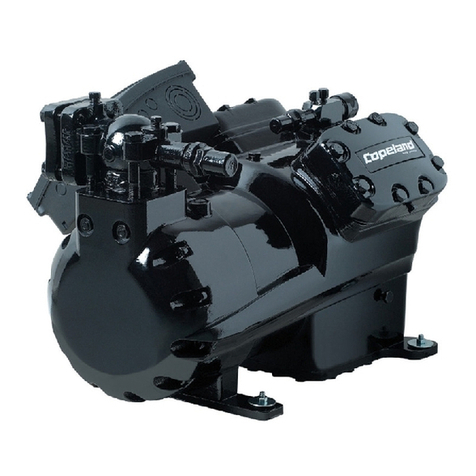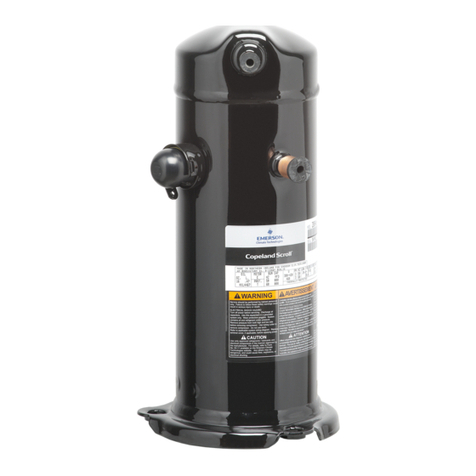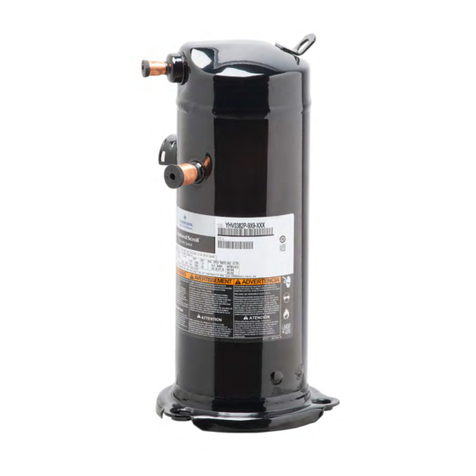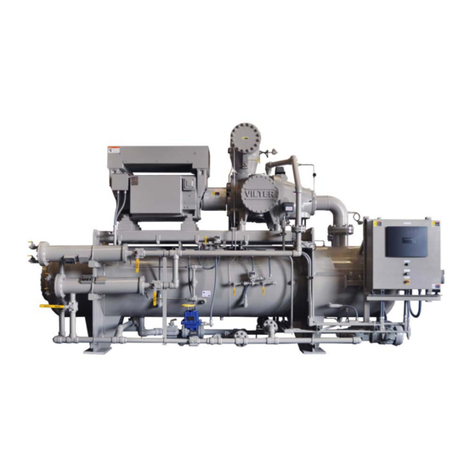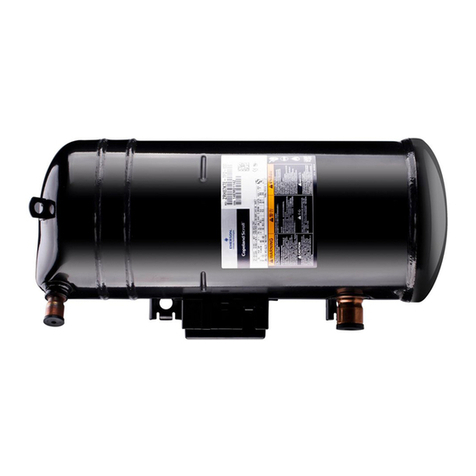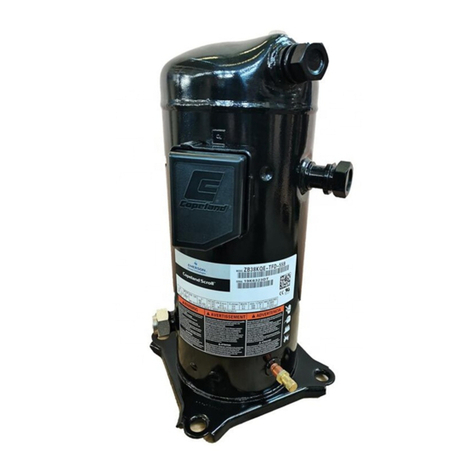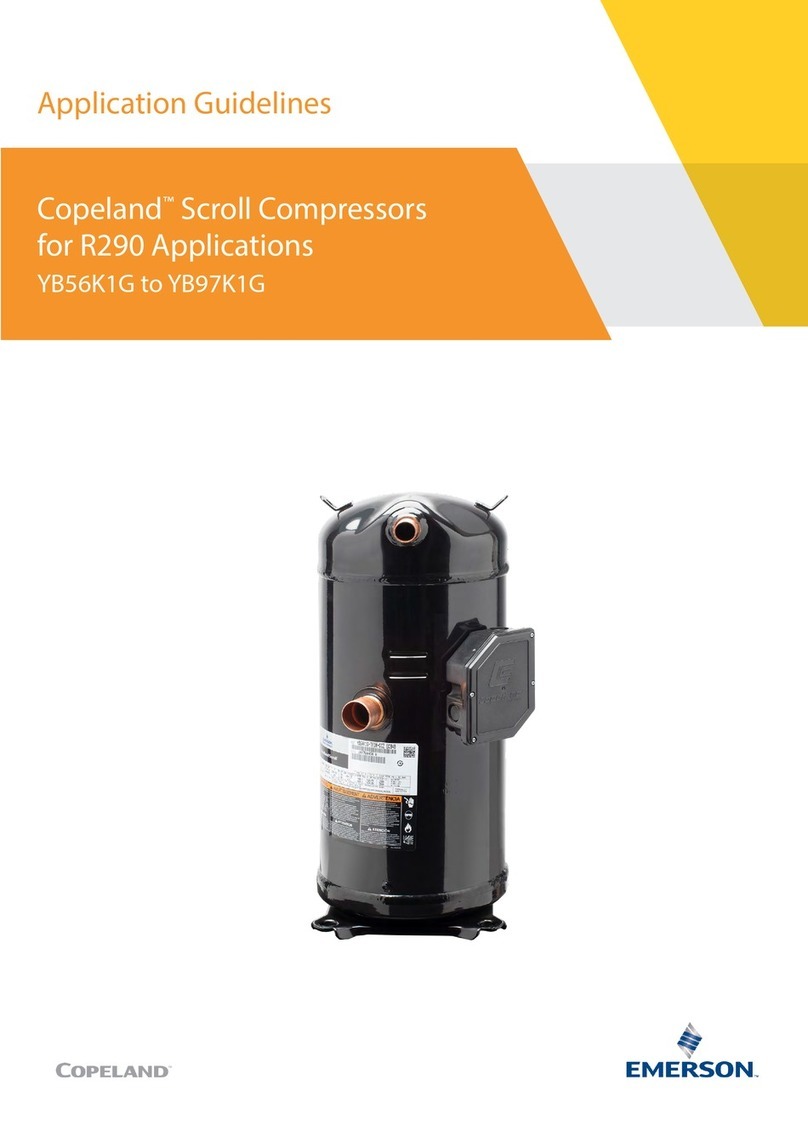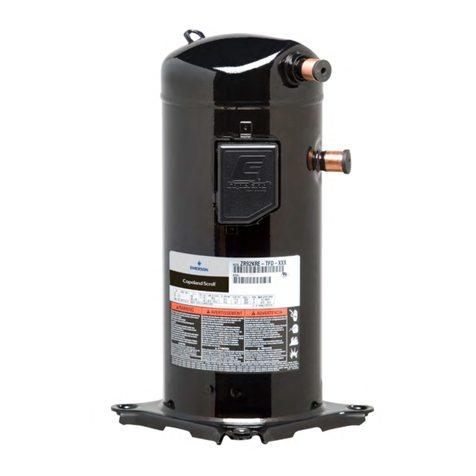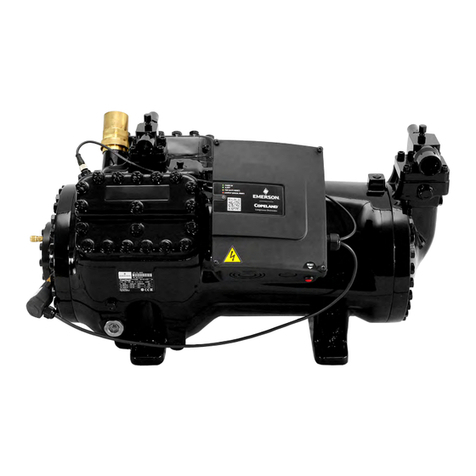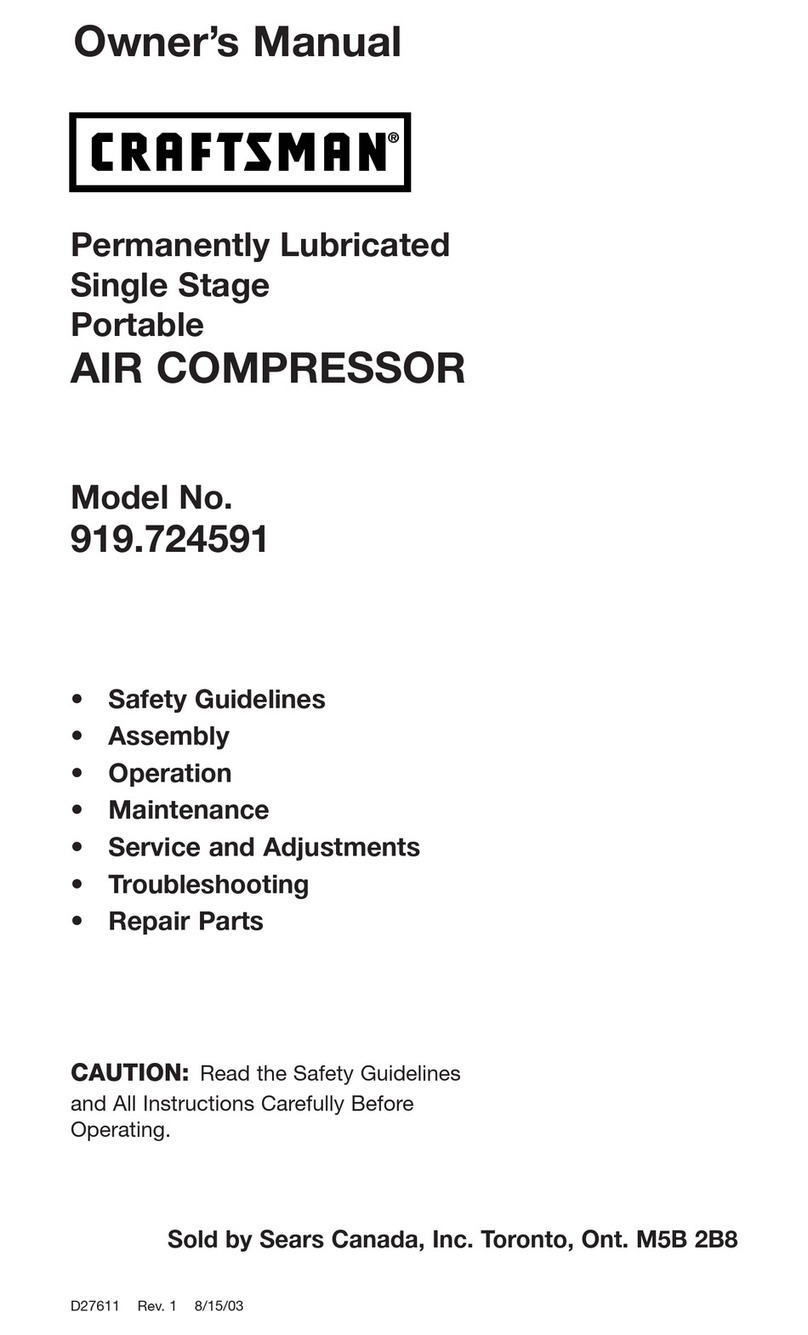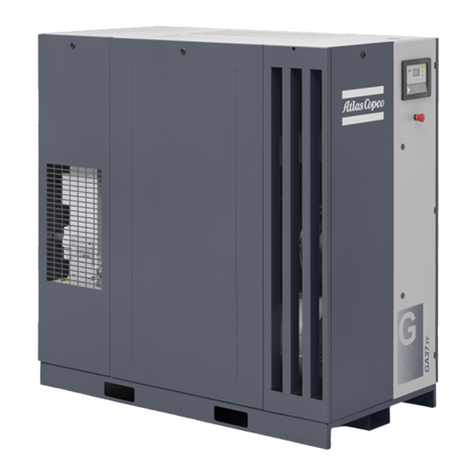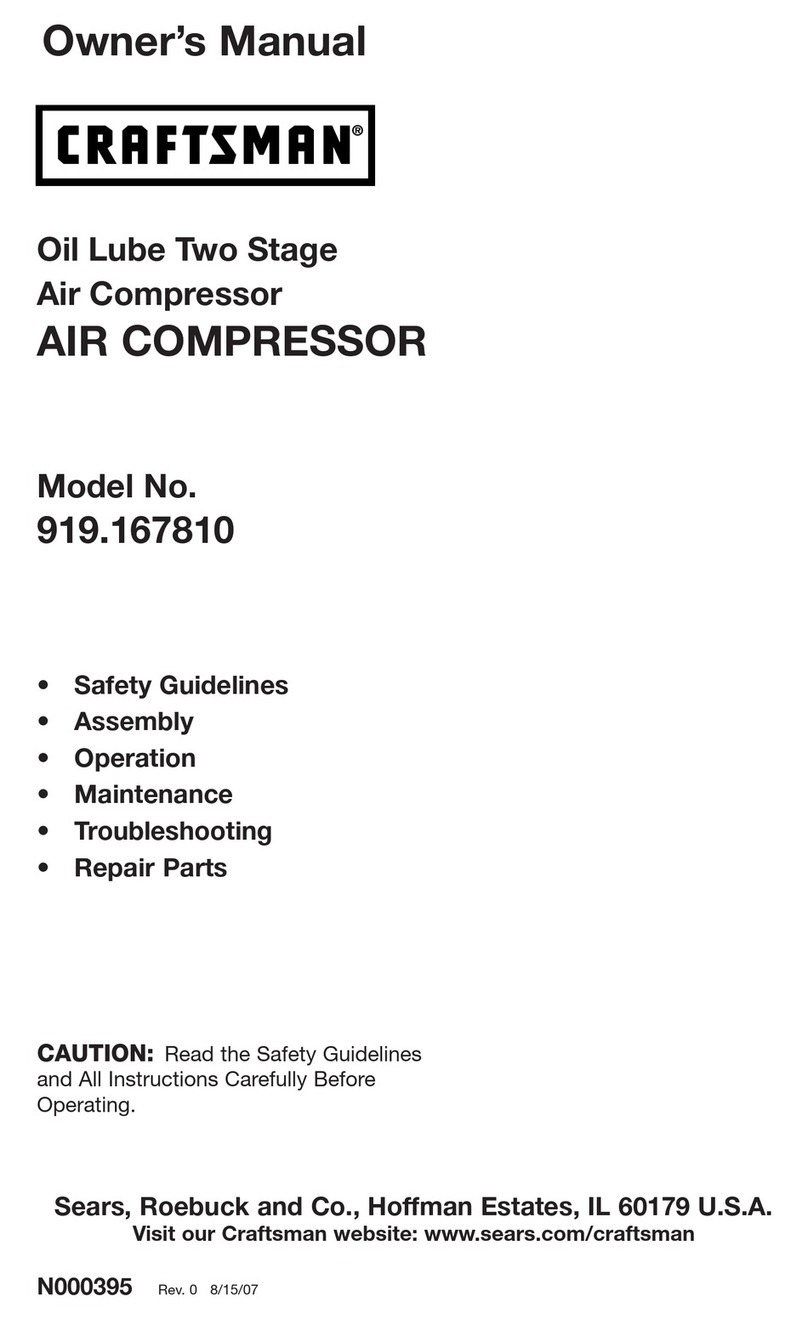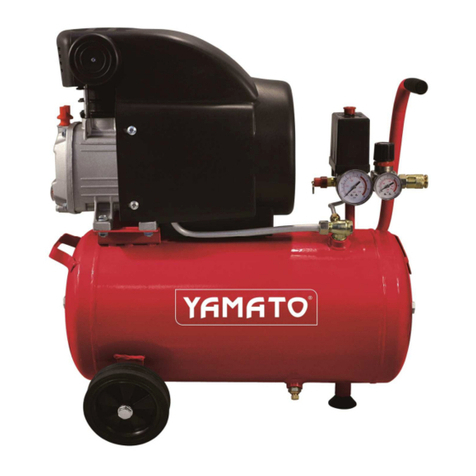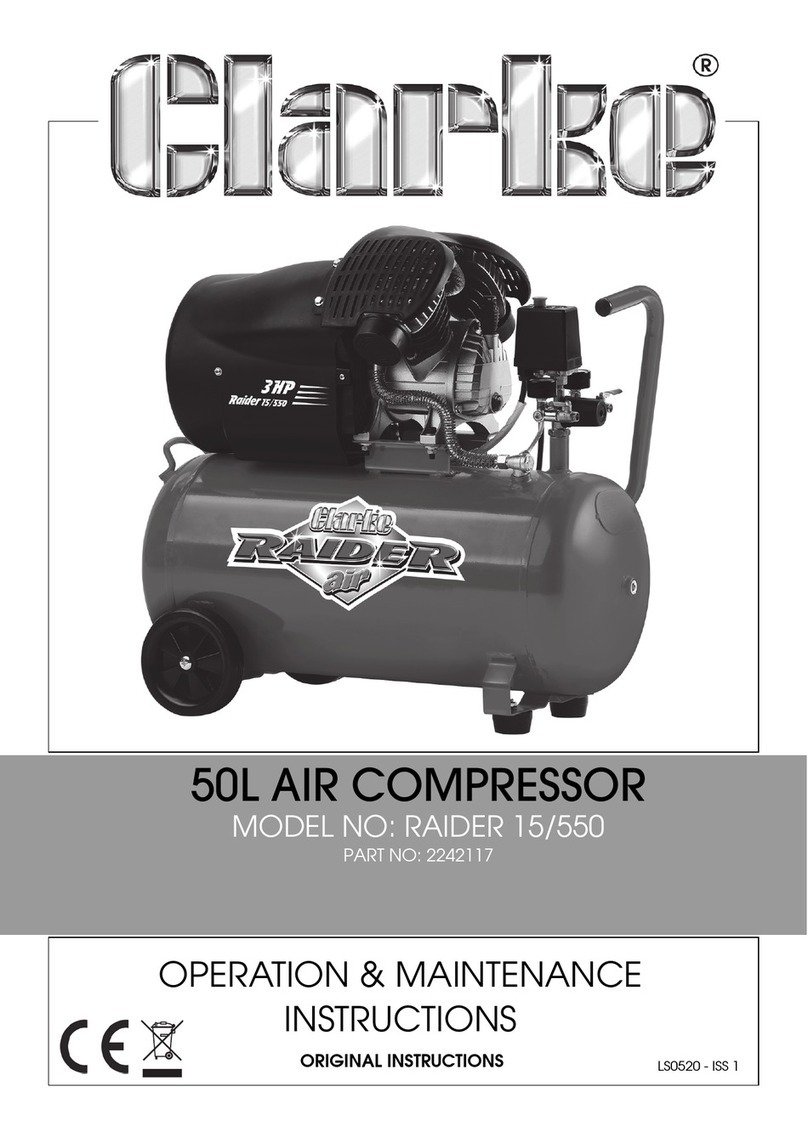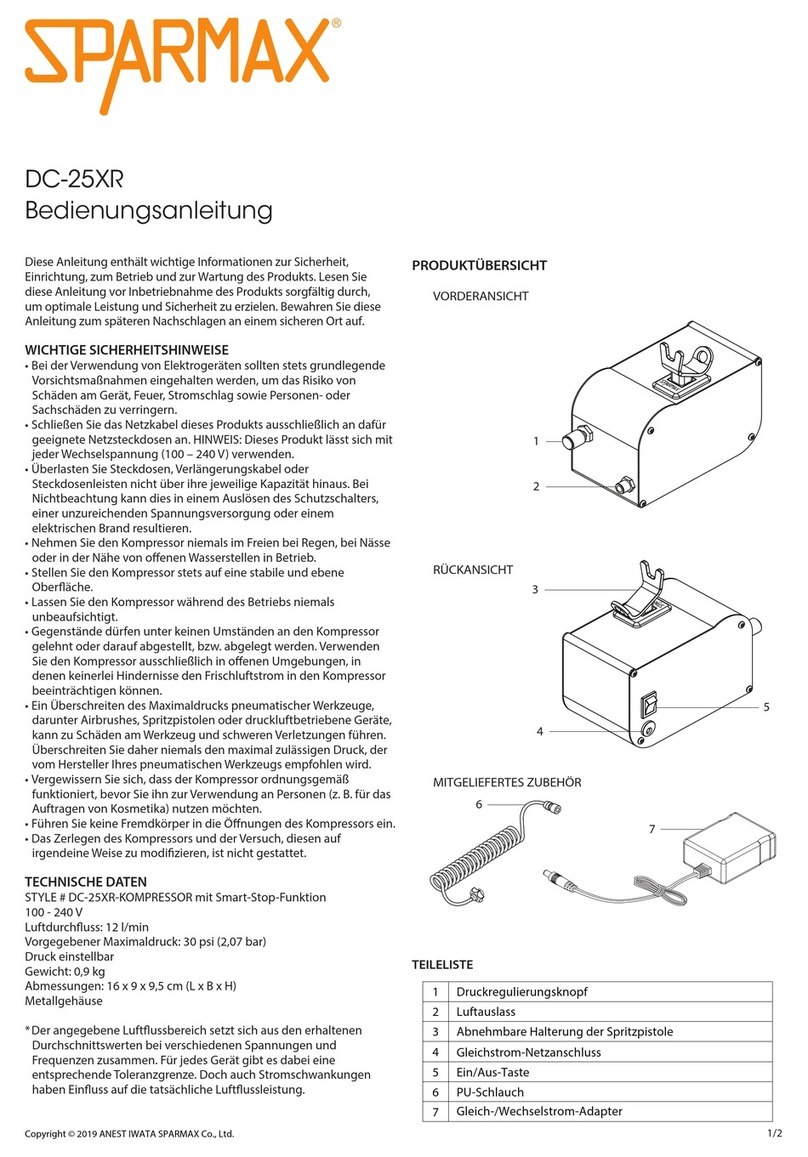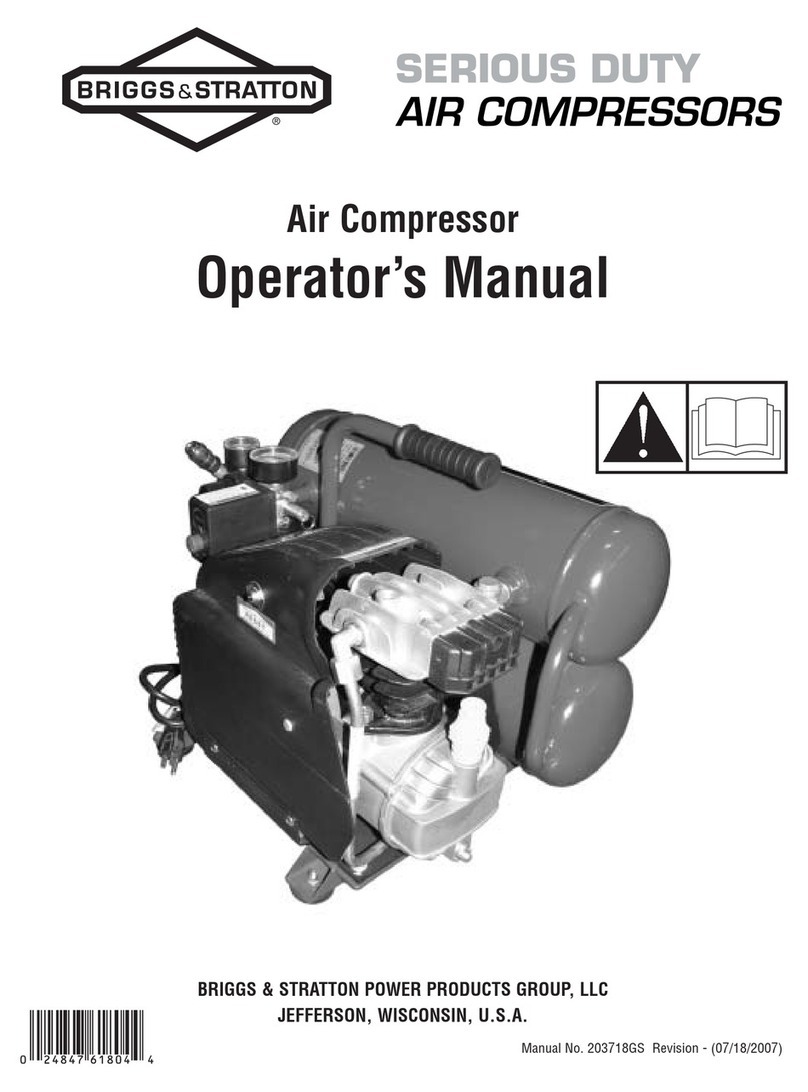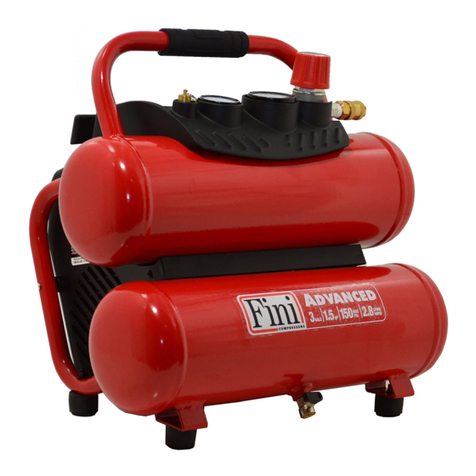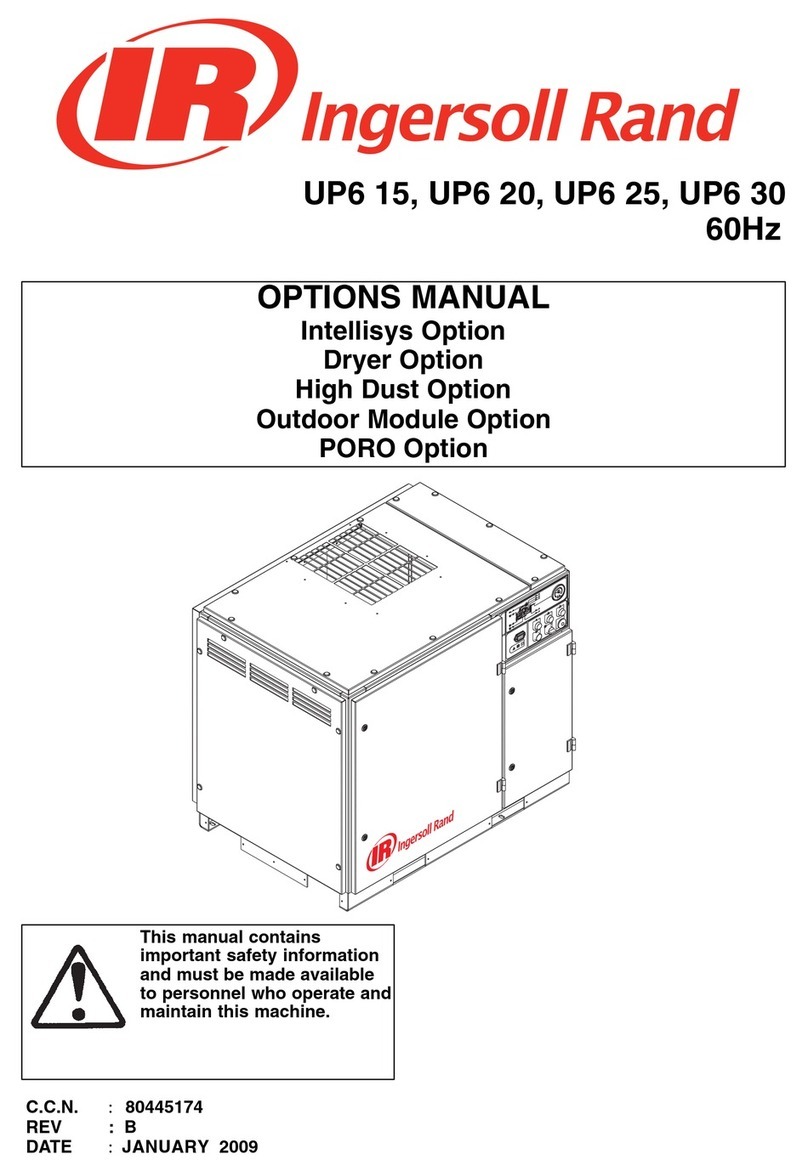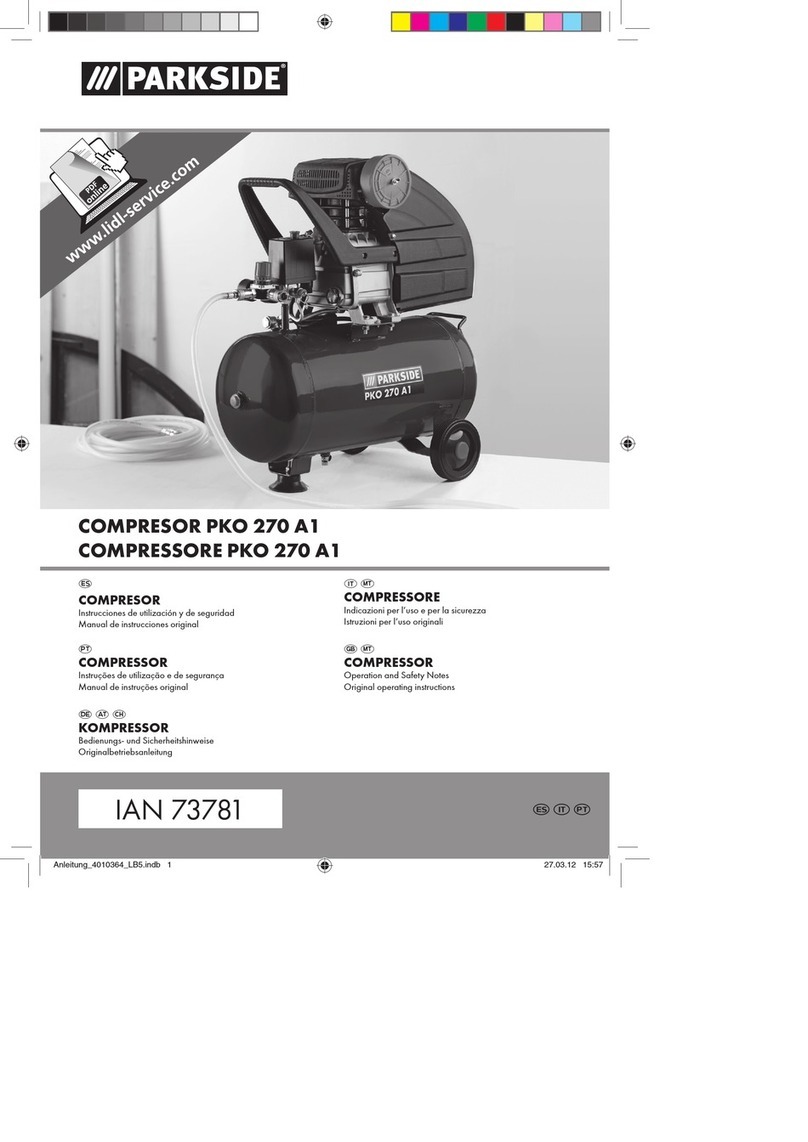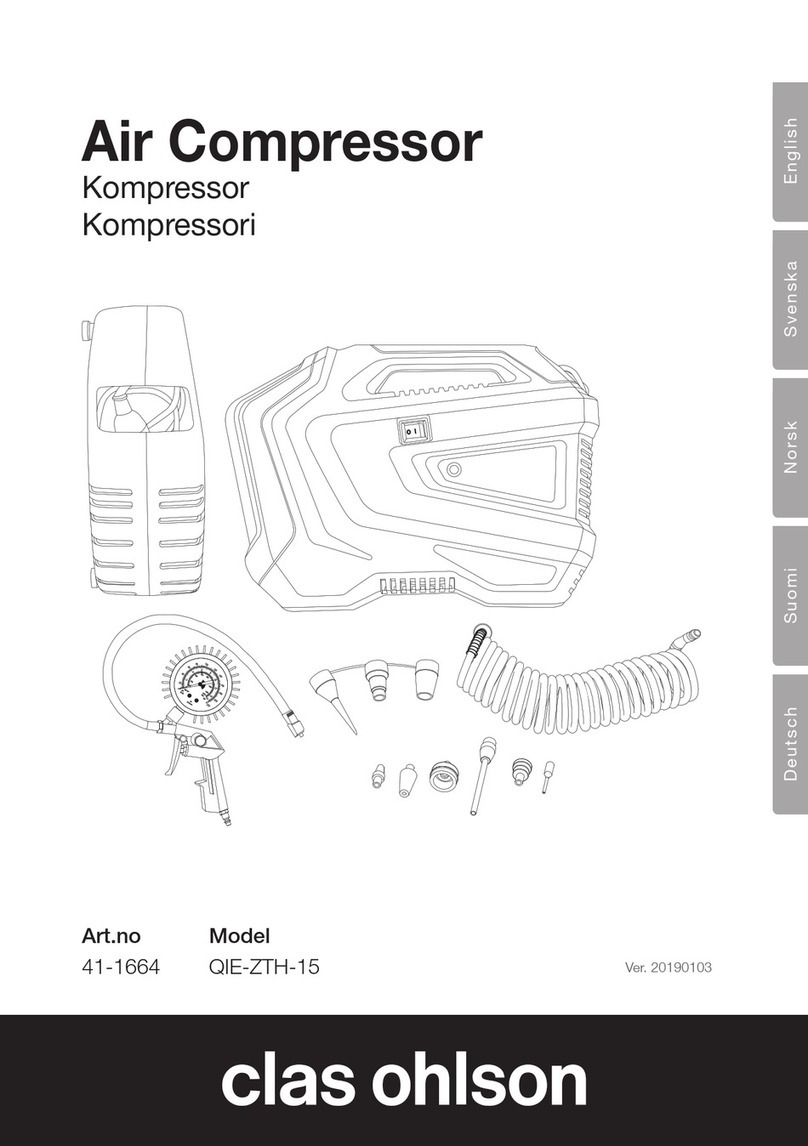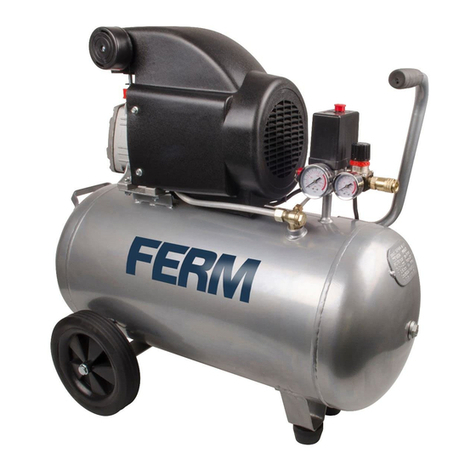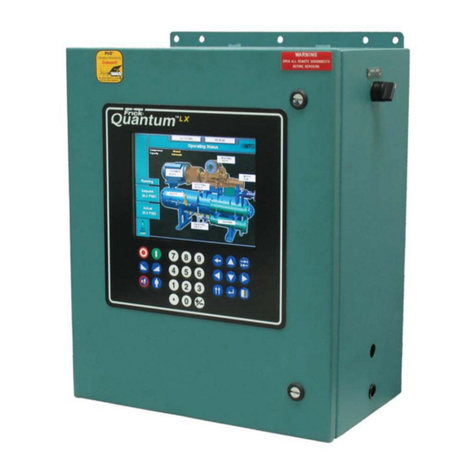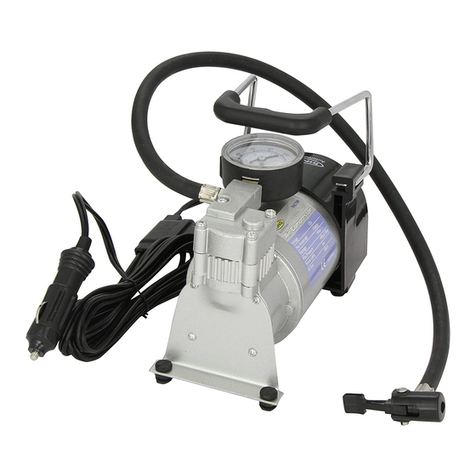
TOC − 2
Table of Contents
Section Title Page Number
VSG & VSSG Single Screw Compressor • Installation, Operation and Service Manual • Emerson • 35391SB
Section 4 • Operation
Notice on Using Non-Vilter Oils .............................................................................................................. 4-1
Safety Setpoints.....................................................................................................................................4-1
Control System .....................................................................................................................................4-2
Calibration .................................................................................................................................4-2
Starting, Stopping and Restarting The Compressor ....................................................................4-2
Emergency Shutdown ................................................................................................................4-2
Slide Valve Actuator Calibration (25972XP)............................................................................................4-3
Slide Calibration Screen Overview ..............................................................................................4-3
Calibrate Slide Valve Actuators (25972XP)..................................................................................4-3
Slide Valve Actuators Calibration (For VPN 25972D Only).......................................................................4-6
Section 5 • Maintenance/Service
Maintenance and Service Schedule ........................................................................................................5-1
Additional Notes ........................................................................................................................5-2
Recommendations When Servicing........................................................................................................5-2
Preparation of Unit For Servicing............................................................................................................5-2
Compressor Inspection ..........................................................................................................................5-3
Bearing Check ............................................................................................................................5-3
Gaterotor Assembly Replacement ..........................................................................................................5-5
Removal (All VSG Models) ..........................................................................................................5-5
Removal (All VSG 301-701 Models)............................................................................................. 5-6
Installation (All VSG Models) ......................................................................................................5-8
Installation (All VSG 301-701 Models).........................................................................................5-10
Gate Rotor Blade Removal ..........................................................................................................5-11
Gate Rotor Blade Installation ......................................................................................................5-11
Gate Rotor Thrust Bearing Removal ............................................................................................5-11
Gate Rotor Thrust Bearing Installation ........................................................................................5-11
Gate Rotor Roller Bearing Removal .............................................................................................5-12
Gate Rotor Roller Bearing Installation .........................................................................................5-12
Compressor Shaft Seal Replacement ......................................................................................................5-13
Compressor Shaft Seal Removal .................................................................................................5-13
Compressor Shaft Seal Installation .............................................................................................5-13
Maintenance Suggestion............................................................................................................5-13
Inspection of Slide Valve Assemblies In The Compressor ........................................................................5-15
Prepare The Compressor For Servicing .......................................................................................5-15
Removal of Slide Valve Carriage Assemblies...............................................................................5-15
Installation of Slide Valve Carriage Assemblies............................................................................5-16
Slide Valve Actuator Assembly Replacement ..........................................................................................5-17
Removal.....................................................................................................................................5-17
Installation.................................................................................................................................5-17
Actuator Installation Using Anti-Rotation Bolts...........................................................................5-18
Slide Valve Command Shaft Assembly Replacement...............................................................................5-19
Removal.....................................................................................................................................5-19
Installation.................................................................................................................................5-19
Slide Valve Command Shaft Assembly Replacement (For the Design Before June 2006)..........................5-20
Removal.....................................................................................................................................5-20
Installation.................................................................................................................................5-20
Slide Valve Command Shaft Bearing and O-Ring Seal Replacement (For the Design Before June 2006) ... 5-20
Removal.....................................................................................................................................5-20
Reassembly ................................................................................................................................5-21
